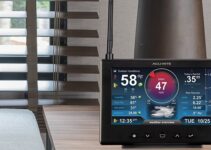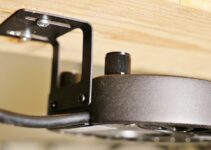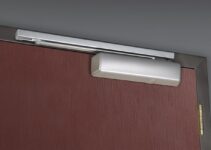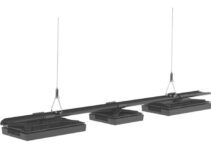The Nest Thermostat is a great tool for getting through the cold nights, it’s one of those appliances that when damaged, you’ve got to have it fixed on time because the home doesn’t seem to run well when it’s not working.
If you’re having a faulty Nest Thermostat where it’s always flashing its green light instead of working properly – don’t worry, we’ll teach you a quick fix in this article. The cool part of this guide is that you don’t need to be a lot of technical knowledge to practice – being an average handy guy would do.
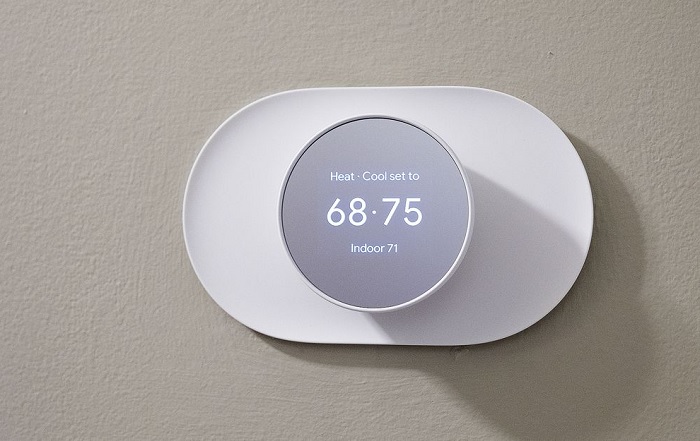
Nest Thermostat Flashing Green Light: Possible Causes
The general conception about the flashing green light on Nest Thermostats is that it only happens when you’re having a problem with a software update. However, there are a couple more issues that could cause the problem.
- Power Failure
- Common C wire is attached
- Wires not properly connected
- System startup/shutdown
- System update
- Power failure
- Hardware issue
Nest Thermostat Flashing Green Light: How to Fix
Just as there are a number of issues that can cause the flashing green light issue, there’s also a variety of ways to fix it as well. Meanwhile, there are some solutions that can be used to solve more than one of the reasons causing the flashing green light problem – a power cycle for example.
-
Check your Power Supply
Although battery problems on your thermostat are often associated with a flashing red light, there’s a possibility of also getting a flashing green light if your home power supply has issues. You’ll want to disconnect from the socket and examine your power supply if there’s a possibility of any partial contact or if the socket is burnt entirely. In cases like this, you should change your power source and everything would be just fine.
-
Perform a Routine Maintenance
As it is with most appliances in the home, the best approach to fixing is performing routine maintenance. In the case of a Nest Thermostat, all you can do (especially if you’re not a technician that can take it apart) is perform a power cycle. Follow these few steps to perform a power cycle.
- Turn off the thermostat and wait for a couple of minutes, 5 to 10 minutes will do
- Disconnect all cables, starting with the one for the power supply first
- Reconnect them again after about 10 minutes starting with the power supply cable
This power cycle procedure often fixes most issues, especially the ones associated with a system/software update. Most long-term users often recommend you do it first, that way, you can also check your power supply in the process.
-
Reconnect your Display
A lot of the time, your Nest Thermostat might be blinking because of an issue with the display system, in this case, reconnecting just the display instead of a complete power cycle can solve the issue. You can do this by turning it off, waiting for at least 10 minutes, then pulling the display straight off the base. When putting it back in, make sure you hear a click to confirm that it has been properly positioned.
-
Restart your Thermostat
Most times, when your Nest Thermostat gets stuck in an auto software update, restating it often solves the issue – especially if a simple display reconnection doesn’t solve the problem. Follow these few steps to perform the restart.
- Long-press the display of your Nest Thermostat while it’s turned on
- Release when you notice that the display is beginning to restart.
-
Check for Firmware Update and Update
On other times when auto-update isn’t active, your Nest Thermostat will still flash its green light to indicate that the device is due for an update. During an update, you want to be patient because the time it takes to update typically depends on the size of the update. Also, you want to make sure you’ve got a steady internet connection unless the update will fail and you’ll have to restart the device.
-
Remove the Common C Wire if Attached
A flashing green light on your Nest Thermostat is also an indicator that you have a common C wire attached. As your Nest Thermostat doesn’t require a common C wire to work, you can consider removing it to stop the flashing.
- Start by turning off the power to your HVAC system.
- Remove the Nest’s display. You can do this by, locating the two screws on either side of the display and using a Phillips head screwdriver to remove them. Once the screws are removed, you can gently pull the display away from the wall.
- Find and disconnect the C wire. The C wire is a blue or black wire that is usually connected to the letter “C” on the wiring harness. You can disconnect the C Wire if you, push and hold the gray spring-loaded tab next to the letter “C”. While holding the tab, pull the C wire out of the connector.
- Next, you want to wrap the copper tip with electrical tape to prevent it from touching anything.
- Gently push the C wire back into the wall until it is flush with the wall plate.
- Then reattach the display by lining it up with the wall plate and gently push it back into place.
- Lastly, Turn the power back on. Once the power is back on, your Nest thermostat should be working properly.
-
Check the Attachment of the Wires
Sometimes the reason why your Nest Thermostat will be flashing its green light is because there’s a partial contact in its wiring. Just like disconnecting the common C wire, you’ll have to open up the hardware and examine the connections.
- Start by turning off the HVAC system
- Remove the Nest’s display through the method you’d follow while removing the common C wire.
- Press and hold the gray spring-loaded tab on the wire you choose to check/reconnect properly.
- A good wired connection should have 1/3” to 1/2” of copper exposed. Now reconnect the wire, pushing it as far as it can go.
- Reconnect the display and power it back on.
We understand that the last two procedures to solving this issue is quite complicated. We recommend you visit a technician especially if you’re not used to working around the insides of electronics. Nevertheless, you’ll want to try out fix 1 to 5 and see if it solves the problem before looking to take apart your thermostat.

